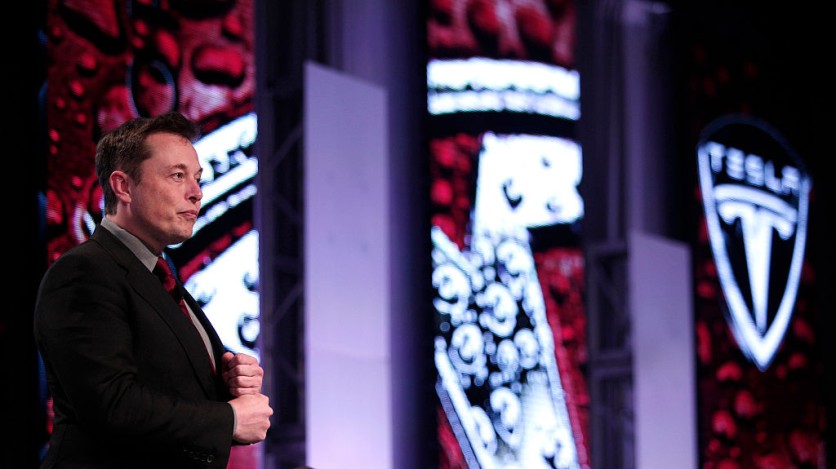Tesla's recent decision to terminate 500 employees responsible for expanding its Supercharger network has stirred debate and speculation about the company's strategic direction and the implications for the broader electric vehicle (EV) industry.
This move, characterized as a cost-cutting measure, has drawn attention from industry analysts and experts, including Fernando Suarez, a business professor at Northeastern University.

Why Tesla Laid Off its Workers Behind the Supercharger Network
Suarez provided insight into the complex motivations behind Tesla's actions. From Tesla's perspective, the decision to downsize its Supercharger expansion team aligns with shifting market dynamics and strategic imperatives.
Despite concerns about the impact on EV drivers and charging infrastructure, Suarez argues that Tesla's move reflects broader trends within the automotive sector.
Tesla's Supercharger network, renowned for its fast charging capabilities, has been pivotal in driving EV adoption in the United States. With approximately 6,000 station locations and 28,000 charging ports, Tesla has established a dominant position in the market.
However, recent developments have altered the competitive landscape, prompting Tesla to reassess its approach to charging infrastructure.
According to Suarez, the maturation of the electric vehicle market has fundamentally changed Tesla's operating environment. As new competitors enter the market, Tesla faces intensified pricing pressures and operational challenges.
Suarez underscores the significance of market maturity, noting that Tesla's previous market dominance is no longer sustainable in an era characterized by heightened competition and efficiency imperatives.
"Tesla enjoyed a situation that was very unusual - they were basically left alone for 10 years," Suarez said in an official statement.
"When competition came, as in the last year when Tesla had to slash prices, sales were down, 10% of its workforce was laid off, and its stock fell, you transition to a different state in the industry - a state in which efficiency is super important."
Moreover, the push towards standardization in EV charging represents a pivotal inflection point for Tesla. In response to evolving industry standards and regulatory frameworks, Tesla has sought to make partnerships with other automakers to enable non-Tesla vehicles to utilize the Supercharger network.
However, this move comes at a cost, as Tesla must allocate resources to adapt and expand its infrastructure to accommodate diverse EV models.
Read Also : Tesla Is Luminar's Top LiDAR Buyer, Making Up 10% of Sales Despite Musk Calling It a 'Crutch'
"That Would Be Temporary"
Tesla's decision to refocus on its core automotive operations underscores a broader strategic shift within the company.
As Tesla grapples with financial constraints and market pressures, the company is compelled to prioritize its core automotive business over ancillary ventures like charging infrastructure. Suarez suggests that Tesla's decision reflects a calculated trade-off between short-term cost reduction and long-term strategic alignment.
Despite concerns about the potential impact on EV adoption and environmental progress, Suarez remains optimistic about the resilience of the EV charging market.
"From the societal point of view, maybe this is actually not a good thing because it will delay the deployment of the EV industry and the progress of the industry in the U.S.," Suarez said in a statement.
"But that would be temporary."
Related Article : Tesla Layoffs Continue: Software, Services, and Engineering Departments Hit Hardest

![Apple Watch Series 10 [GPS 42mm]](https://d.techtimes.com/en/full/453899/apple-watch-series-10-gps-42mm.jpg?w=184&h=103&f=9fb3c2ea2db928c663d1d2eadbcb3e52)



